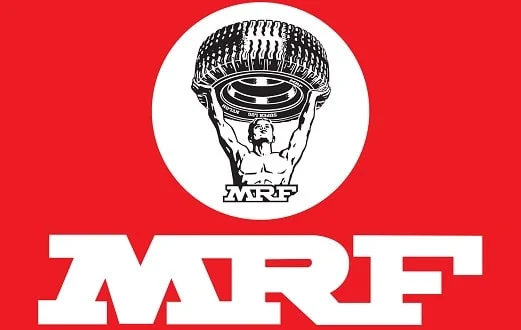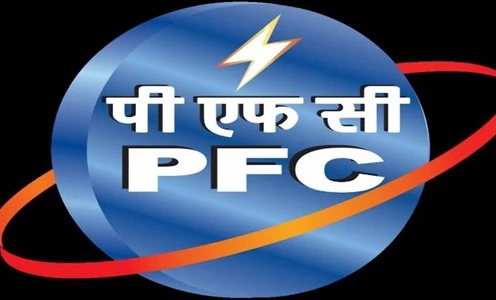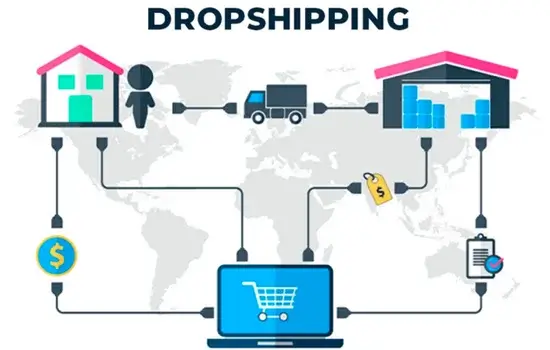Madras Rubber Factory (MRF) Limited, established in 1946, has evolved into India’s largest tyre manufacturer and ranks among the top global tyre producers. With a diversified product portfolio encompassing tyres, sports goods, paints, and conveyor belts, MRF has maintained a dominant presence in the automotive industry. As of 2025, a comprehensive SWOT analysis provides insights into MRF’s strategic position and future prospects.
Strengths
1. Robust Financial Performance: MRF has demonstrated consistent financial growth. In the fiscal year ending March 31, 2024, the company reported a total income of ₹24,986 crores, up from ₹22,826 crores in the previous year, marking a 9.5% increase. Profit after taxation also rose significantly to ₹2,041 crores from ₹816 crores in the prior year.
2. Diversified Product Portfolio: Beyond tyres, MRF’s product range includes sports goods, paints, and conveyor belts. This diversification mitigates risks associated with market fluctuations in the tyre industry and capitalizes on various revenue streams.
3. Extensive Distribution Network: MRF boasts a well-established distribution network across India, ensuring widespread availability of its products. This network strengthens its market presence and enhances customer accessibility.
4. Strong Brand Equity: With a reputation for quality and durability, MRF has built substantial brand equity over the decades. This brand strength fosters customer loyalty and provides a competitive edge in both domestic and international markets.

Weaknesses
1. Dependence on Raw Material Prices: MRF’s profitability is significantly influenced by the volatility of raw material costs, particularly natural rubber and crude oil derivatives. Fluctuations in these prices can adversely affect profit margins.
2. Geographical Concentration of Manufacturing Units: The company’s manufacturing facilities are predominantly located in southern India. This concentration may pose logistical challenges and increase vulnerability to regional disruptions.
3. Limited Global Presence: While MRF has a strong foothold in the Indian market, its international presence is relatively modest compared to global competitors, potentially limiting its growth opportunities abroad.
Opportunities
1. Expansion into Electric Vehicle (EV) Segment: The global shift towards electric mobility presents a significant opportunity for MRF to develop specialized tyres tailored for electric vehicles, catering to a burgeoning market segment.
2. Technological Advancements: Investing in research and development to innovate eco-friendly and high-performance tyres can meet the evolving preferences of environmentally conscious consumers and adhere to stringent emission regulations.
3. Strategic Partnerships: Collaborations with automobile manufacturers for original equipment supply can strengthen MRF’s market position and ensure a steady demand for its products.
4. Expansion into Emerging Markets: Venturing into emerging economies with growing automotive industries can provide new revenue streams and reduce dependence on the domestic market.
Threats
1. Intensifying Competition: The tyre industry faces stiff competition from both domestic players like Apollo Tyres and international brands entering the Indian market, which can pressure market share and pricing strategies.
2. Regulatory Challenges: Stringent environmental regulations and policies promoting sustainable practices may require substantial investments in technology upgrades and process modifications.
3. Economic Fluctuations: Economic downturns can lead to reduced consumer spending in the automotive sector, directly impacting tyre sales and profitability.
4. Supply Chain Disruptions: Global events affecting the supply chain, such as pandemics or geopolitical tensions, can disrupt raw material availability and escalate costs.
Conclusion
As of 2025, MRF Tyres stands as a formidable entity in the tyre manufacturing industry, underpinned by robust financial health, a diversified product range, and strong brand recognition. To sustain and enhance its market leadership, MRF must strategically address its weaknesses by mitigating raw material dependency and expanding its global footprint. Capitalizing on opportunities in the electric vehicle sector and technological innovations will be crucial. Simultaneously, proactive measures to navigate competitive pressures, regulatory landscapes, and economic uncertainties will be essential to ensure sustained growth and profitability.














